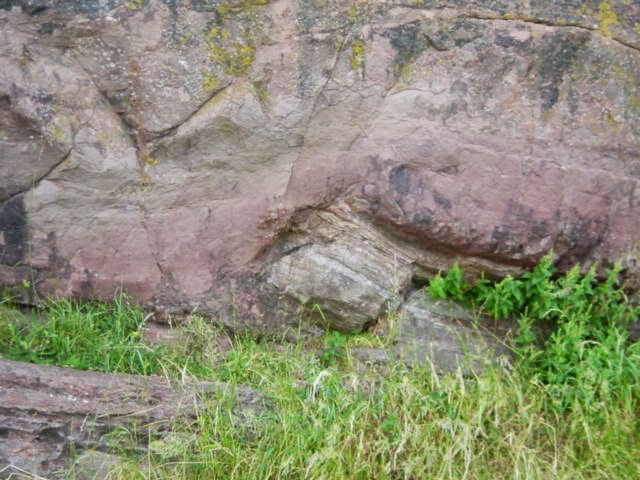Planet Earth - When humans finally dominated Earth .... perhaps the year 1610?
Researchers suggest the geological epoch known as the Anthropocene probably began around the year 1610. Scientists say that humans have become a 'geological power'. They suggest that humans have produced a new geological epoch. The key markers for 1610 were - 1 - an unusual drop in atmospheric carbon dioxide, and 2 - the irreversible exchange of species between the New and Old Worlds, according to new research published in Nature . The drop in CO2 was caused by colonisation of the " New World "....North and South America. That event led to the deaths of about 50 million indigenous people , most within a few decades of the 16th century, due to smallpox. Yes, 50 million people ..... The sudden collapse of farming across the Americas, and the re-growth of Latin American forests, removed enough carbon dioxide from the atmosphere to produce a drop in CO2. Humanity had become a force of nature.


